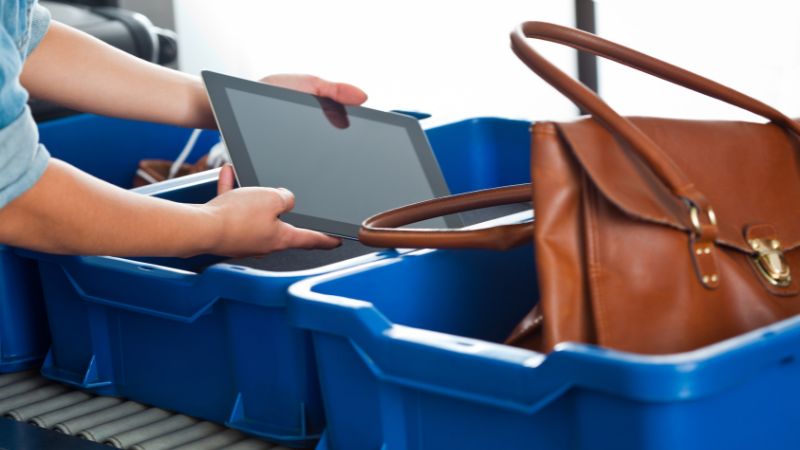As you move through airport security, you’re instructed to remove all electronics from your carry-on bags and place them in their own tray.
This step is mandatory during the screening process, but why can’t electronics just stay in your bag for X-ray scanning? There are several important reasons electronics must be isolated

Isolating Electronics Aids Functionality
Isolating electronics by placing them in a separate tray aids the functionality of these automated threat detection algorithms in a few ways:
Clearer Imaging
With electronics mixed in among other bag contents, X-ray images can become cluttered and unclear. Overlapping items may obscure potential threats.
By removing electronics to their own tray, security personnel get unobstructed views of your devices, bags, and other items separately for more accurate screening.
Reduced Clutter
Electronics, especially densely packed ones like laptops, tablets, and chargers, can create clutter within a bag. Isolating them reduces the chances of overlapping images and makes it easier to distinguish between items.
Pinpoint Scanning
Advanced X-ray systems use automated threat detection algorithms that can analyze images for dangerous items.
Isolating electronics in a tray allows the scanning equipment to concentrate directly on those high-risk devices without interference from other bag contents. Their internal components and circuitry receive enhanced scrutiny.
Preventing Signal Interference
Some electronics can potentially cause interference with scanning equipment signals due to their internal components and battery power. While airport scanners are designed to minimize interference, removing electronics further reduces any risks of the images being distorted or compromised. Keeping them separate ensures maximum detection accuracy.
Streamlined Screening Processes
With electronics placed directly in trays, TSA agents can immediately identify them and focus visual checks on those devices, which often warrant extra attention. This is much easier than having to search through bags to find electronics scattered among other items, improving inspection workflow.
Standardized Procedures
Mandatory tray removal of electronics follows standardized TSA regulations applied at all airport checkpoints. This consistency ensures fair treatment for all passengers regardless of individual guards on duty. Travelers know what to expect, and guards know the proper procedures to enforce.
While X-ray technology has improved to scan bags fully loaded with items, electronics still pose unique risks and screening challenges. Isolating them into dedicated trays mitigates that threat.
The minor inconvenience to travelers is well worth it for the enhanced security assurance. So next time, obediently place your laptop, tablets, and other devices in a tray without complaint!

Electronics that are commonly required to be removed from bags during airport security checks
Laptops and Large Tablets
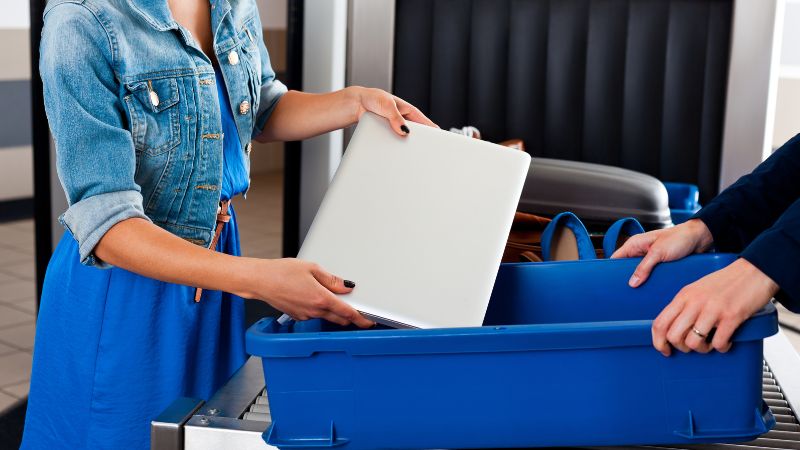
Risk: Laptops and large tablets have dense internal components that can obstruct the view of other items in a bag when scanned. They can also be used to hide dangerous objects or components.
Rationale for Removal: Removing laptops and large tablets from bags allows security personnel to get a clear, unobstructed view of these devices. It helps ensure that these items are not being used to conceal prohibited items, ensuring the safety of air travel.
External Batteries and Power Banks
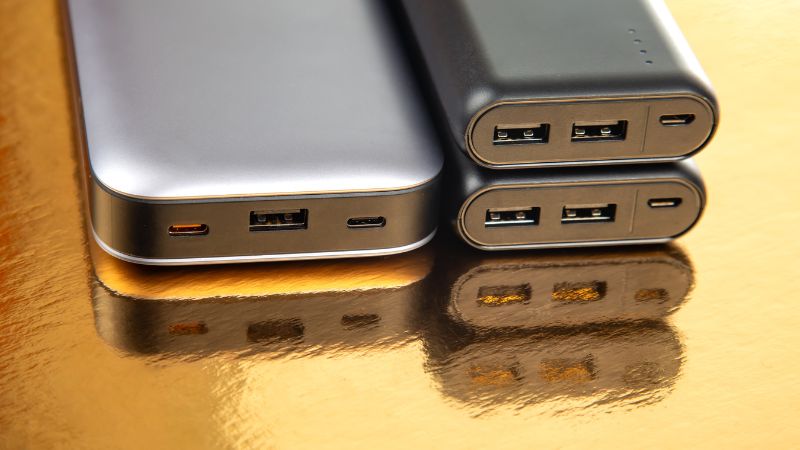
Risk: External batteries and power banks can vary in size and shape, and some may contain wiring or components that can be manipulated to hide threats. There have been instances where power banks were modified to smuggle explosive materials.
Rationale for Removal: Isolating external batteries allows security personnel to examine them closely and verify that they are not being used to conceal dangerous components. This helps prevent potential threats from being disguised as harmless electronics.
Large Camera Equipment
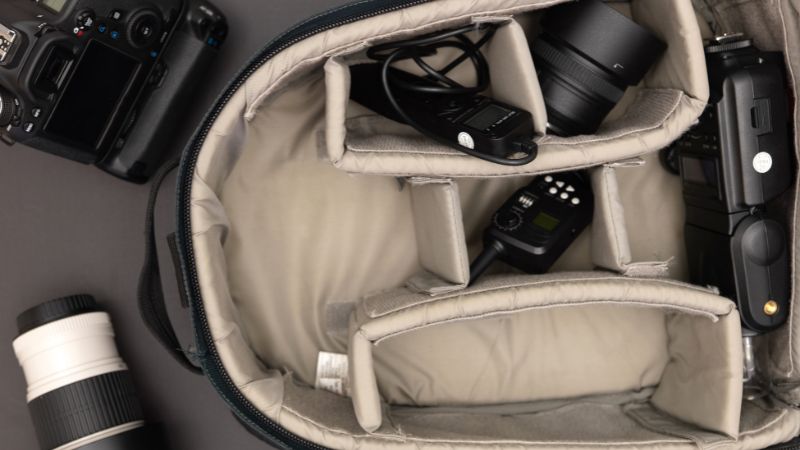
Risk: Cameras and camera accessories, such as lenses, tripods, and lighting equipment, can contain intricate parts that may raise suspicion or obstruct the X-ray image.
Rationale for Removal: Separating camera equipment from other items enables security personnel to thoroughly inspect these devices. This is particularly important as camera gear could potentially be used to hide prohibited items or threats.
Electronic Game Consoles

Risk: Game consoles have multiple components and wiring, which could potentially be exploited to hide unauthorized items or substances.
Rationale for Removal: Taking electronic game consoles out of bags for screening ensures that security personnel can assess them accurately and verify that they are not being used for illicit purposes.
Smart Devices with Large Batteries
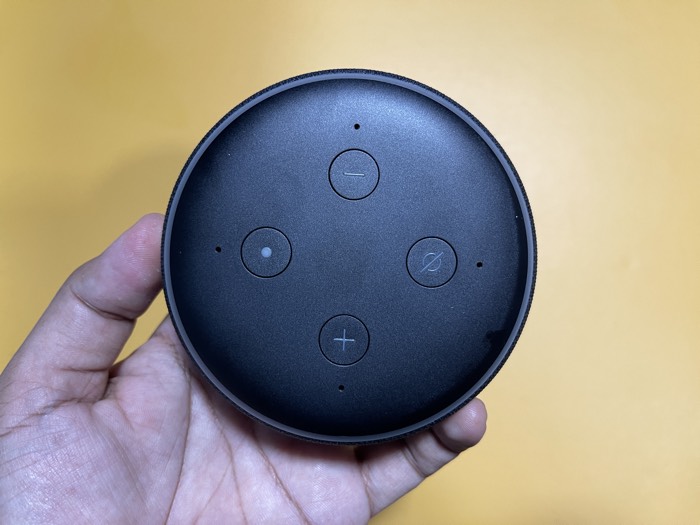
Risk: Devices like large e-readers or portable speakers with substantial battery capacity might have hidden compartments or be used to mask threats.
Rationale for Removal: By isolating these devices, security personnel can examine them more closely to rule out any potential threats or prohibited items hidden within them.
Electronic Accessories and Cables
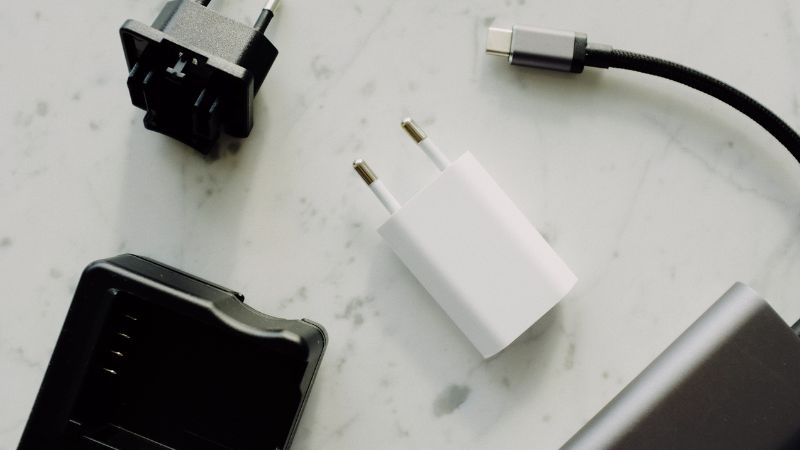
Risk: Cables, chargers, and accessories can be tangled together, making it difficult to determine their contents from an X-ray image.
Rationale for Removal: Placing these items separately in a tray prevents confusion and ensures that security personnel can quickly identify and analyze them.

